Concept
The recent events related to the CoViD pandemic revealed the need for a thorough afterthought about the way we inhabit the Planet.
The consequences of the lockdown for economy, societies, people and nature showed how everything is connected, and in a way, this is impossible to ignore.
One single virus forced the world’s inhabitants on its knees, changing the usual daily patterns of all of us. In a way never seen before, all human beings felt fear from a common threat.
The consequences of the spread of the virus were visible in a shocking way, as it translated into many deaths in a very short time. The pandemic demonstrated how the life of all human beings can be affected by one single factor common for all. Yet, it also revealed very visibly how the ecological balance of the Planet reacts to hour human induced lock-down.
We could enjoy the silence, the blue of the clean sky, the beauty of our landscapes, but also the emerge of social inequality as underprivileged people were unable to “stay home” for guaranteeing their own health.
Climate change, as a consequence of our way of living, remains as a constant and evident threat to our well-being and to our environment. Differently from the current pandemic situation, we can only partially “touch” how big our impacts are, as they are distributed in time and space, and they are not impacting our daily life enough to be as scaring as the Corona Virus.
The lockdown teaches us to which extent our previous way to live impacts the planet. The world sees a significant decrease in energy demand and consequently in the pollutants contained in all energy-related emissions, and this gives us the opportunity to re-think the way we live and consume.
More than ever it is necessary to find the pattern that connects. The pattern that connects our actions for the health of the Planet, and to the health of all humans.
We need to build up an idea of preservation and resilience that shall be inclusive both socially and ecologically. Humans matter, our life matters, and this requires a shift in the way we inhabit and use this Planet.
This year’s edition of Photovoltaics | Forms | Landscapes would like to give a contribution to connect things, by proposing a vision for the city as the laboratory for integrating concepts and technologies for lightening our steps on the Planet, considering the human connections as a main sense of our life.
The programme is structured in two parts. The first one includes talks on issues architects are discussing right now, and includes an overview of the possible contribution of Photovoltaics to the energy transition in urban areas. The second part reflects a national, Portuguese, perspective, as the event was originally planned in Lisbon, and the organisers wanted to preserve this context based approach.
The programme will include insights on minimisation of consuming and the use of resources, preservation of cultural and ecological assets, sustainable mobility and people which make sense out of it.
Programme
15.00 – 15.05
Heinz Ossenbrink | former European Commission, Joint Research Centre
Welcome
15.05 – 15.15
Alessandra Scognamiglio | ENEA | Italian National Agency for New Technologies, Energy and Sustainable Economic Development | Italy
Introduction to the programme
Part 1:
Chair – Alessandra Scognamiglio
15.15 – 15.30
David Calas | Studio Calas | Wien | Austria
Learning from quarantine. Starting points for the post COVID city
Click here to see a presentation of the book (pdf)
Click here to buy
15.30 – 15.45
Salvator-John Liotta | LAPS Architecture | Paris | France & Université Libre de Bruxelles-Faculté d’architecture La Cambre Horta | Bruxelles | Belgium
What is co-dividuality? Post-individual architecture and other stories of openness in Japan and beyond
Click here to see a presentation of the book / shop
15.45 – 16.00
João Manuel de Almeida Serra | Faculdade de Ciências da Universidade de Lisboa | Departamento de Engenharia Geografica Geofisica e Energia | Lisbon | Portugal
The role of photovoltaics in the energy transition of cities
16.00 – 16.15
Jorge Toledo | Ecosistema Urbano | Madrid | Spain
The city as the physical space for creating connections and interactions
16.15 – 16.25
Questions & Answers
Chair: Heinz Ossenbrink
16.25 – 16.40
Coffee Break
Part 2:
Chair – Laura Aelenei
16.40 – 16.55
Laura Aelenei | Laboratório Nacional de Energia e Geologia (LNEG) | Lisbon | Portugal
Presentation of the “national” programme
16.55 – 17.10
Sara Pereira | Helexia | Lisbon | Portugal
Different approaches on energy transition
17.10 – 17.25
Maria João Rodrigues | Lisbon’s Energy and Environment Agency | Lisboa e-Nova | Lisbon | Portugal
Lisbon solar city
17.25 – 17.40
António Joyce | Laboratório Nacional de Energia e Geologia (LNEG) | Lisbon | Portugal
The elements of a city inhabited by prosumers
17.40 – 17.50
Questions & Answers
Chair: Heinz Ossenbrink
17.50 – 18.00
Final wrap up, discussion, and conclusions
Chairs: Heinz Ossenbrink, Alessandra Scognamiglio
Organisers
ENEA – Italian National Agency for New Technologies, Energy and Sustainable Economic Development
ETA Florence Renewable Energies, IT
Faculdade de Ciências da Universidade de Lisboa, PT
Becquerel Institute, Louvain, BE
LNEG, Lisbon, PT
WIP Renewable Energies, Munich, DE
Speakers
Heinz OSSENBRINK
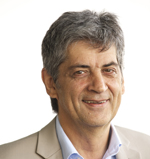
Former European Commission | Joint Research Centre | Ispra | Italy
Dr. Heinz OSSENBRINK, born in 1951, has a PhD in Nuclear Physics from Hahn Meitner Institute, Berlin and joined the European Commission’s Joint Research Centre in 1982. He built up the JRC’s activity on Photovoltaics when Europe started its research and pilot programme for Photovoltaic systems.
In 1995 he became Head of the Unit for Renewable Energy, but expanded research and support activities to Energy Efficiency and Bio-Energy, notably Biofuels. His work was dedicated to the scientific support of EU legislation for Renewable Energies and Energy Efficiency. More recently, he was developing the Unit’s portfolio to support Africa’s efforts for a renewable energy supply and also the science support to the “Covenant of Mayors”.
Until his retirement, he was inspiring a multidisciplinary team of about 50 scientists covering materials science, physics, electrical and building engineering, energy economy, agriculture and geographical information systems.
His more than 100 publications cover measurement and testing methods for photovoltaic generators, economic assessment of renewable energy, global environmental impacts of extended bio-fuel use and as well as Energy Efficiency policies as a crucial means for Climate Change mitigation.
Until his retirement, the 42 Member states of the International Electrotechnical Commission voted for him to chair the Technical Committee 82 and under his guidance many successful international standards on photovoltaic technology have been published.
He served for 20 years as Programme Chair for the series of European Photovoltaic Solar Energy Conferences, and still advises about the scientific content.
He continues to be deeply interested in global sustainability issues, and engages in particular on the architectural and ecological footprints of photovoltaic arrays, showcasing the beauty of a new energy form.
Living on the shores of Lake Maggiore in northern Italy he practices sailing, skiing, and more recently, also flying.
Alessandra SCOGNAMIGLIO
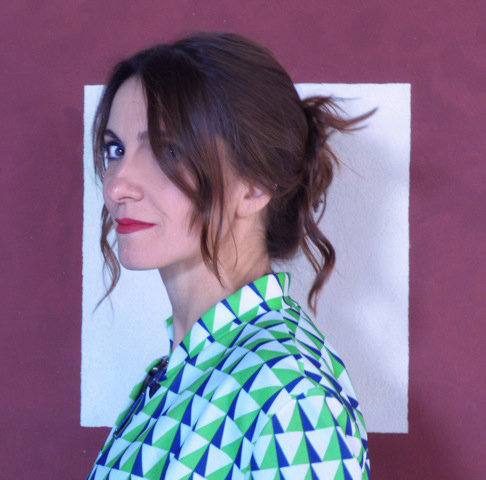
ENEA Italian National Agency for New Technologies, Energies and Sustainable Economic Development| Portici | Italy
Architect, PhD in Technologies for Architecture and Environment. Since 2000
she works as researcher at ENEA (Italian National Agency for New Technologies, Energy and Sustainable Economic Development), Photovoltaic Technologies Area (www.enea.it). Her main interest is working on the hybrid border between scientific research and design, to create a domain of common understanding and possibilities for experimentations in the real living environment.
Her main fields of activity are: Building Integrated Photovoltaics (BIPV), Landscape Integrated Photovoltaics (LIPV), Net Zero Energy Buildings and Smart Cities.
She writes papers, she collaborates with the architectural magazine Domus, she patented innovative photovoltaic components for buildings and the urban environment, she edited books, and she participates and organize several scientific events and conferences. After having worked at the architectural scale, since 2007 she investigates the topic Energy-Landscapes, with a special focus on Photovoltaics and agricultural greenhouses.
She authored scientific papers, chapter in books and books. She has been collaborating with renewed architectural magazines, such as Domus.
Since 2008 she serves the European Photovoltaic Solar Energy Conference as a topic organiser for the topic photovoltaics and buildings/architecture/infrastructures.
She is ideaperson and chairperson of the event “Photovoltaics Forms Landscapes”, that she organises since 2011.
For over 10 years she has been teaching at the Italian National Institute of Architecture for a post graduate master “Designer of sustainable architectures”.
She is involved in several European projects and networks aiming at the development of special photovoltaic components for buildings.
She is the Italian alternate ExCo member for the International Energy Agency (IEA) Solar Heating and Cooling (SHC) programme. She is member of the ETIP PV (European Technology and Innovation Platform for Photovoltaics), working group Integrated Photovoltaics.
She was also involved in the COST action TU1401 “Renewable energy and landscape quality” (RELY).
She is involved in the COST Action CA16235 “Performance and Reliability of Photovoltaic Systems: Evaluations of Large-Scale Monitoring Data” (PEARL PV) as a participant of the working group “Photovoltaics in the built environment”.
David Calas
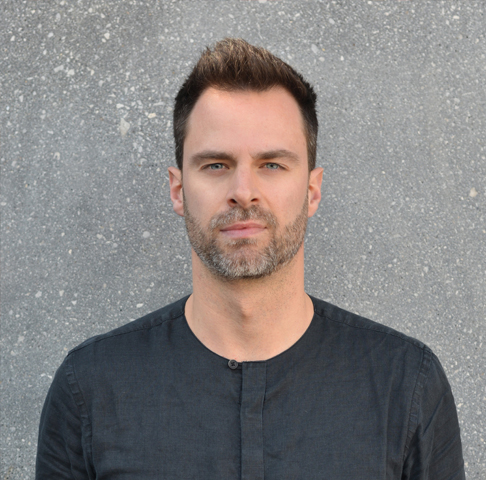
Studio Calas | Wien | Austria | Italy
David Calas, architect, urbanist, critic and curator is founder of STUDIO CALAS, including the role as lecturer at the Technical University of Vienna – Faculty of Architecture, Austria and Guest professor at the German University Cairo/Campus Berlin, Germany. He operates between the blurring boundaries of urban design, architecture, art and politics. His practice and consulting-related research works focus on meaningful urban co-creation and the digitalisation process of cities.
- 2016-2019 Doctoral Thesis ‚Urban Co-creation in the Digital Age, Mobile
participation and its sociocultural contex‘ TU Vienna, AUT
summa cum laude - 2012 Auditor for sustainable certification, ÖGNI/DGNB, AUT
- 2003-2008 Master degree in architecture, summa cum laude, TU Vienna, AUT
- 2004-2006 Bachelor studies in Political Sciences
Sciocultural policies, participation, University Vienna, AUT - 2020- Guest Professor, Department for Architecture/Urban Design,
GUC (German University Cairo/Campus Berlin) - 2016- Director at ‚STUDIO CALAS‘
- 2016-2018 URBAN SYNC – City yourself | Start-up
MOBILE APPLICATION FOR CIVIC PARTICIPATION IN URBAN PLANNING - 2012-2019 Lecturer/Senior Lecturer at TU Vienna, Different Departments
- 2013-2014 NMPB Architekten, Vienna, AUT
- 2008-2013 Atelier Boris Podrecca, Vienna, AUT
Salvator-John Liotta
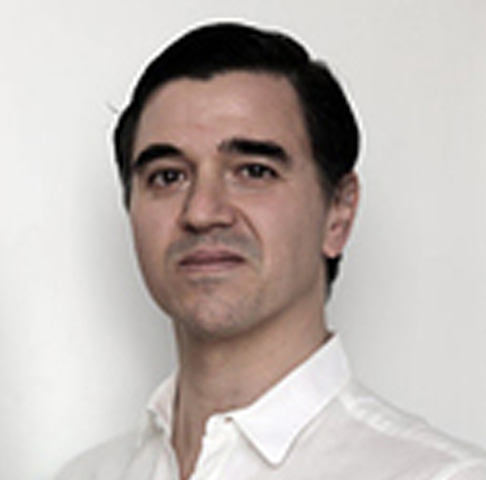
LAPS Architecture | Paris | France & Université Libre de Bruxelles-Faculté d’architecture La Cambre Horta | Bruxelles | Belgium
Salvator-John A. Liotta is a professor at ULB-Universitè Libre de Bruxelles, Faculty of Architecture La Cambre-Horta, a partner of LAPS-Architecture office based in Paris directed with Fabienne Louyot and a correspondent of Domus magazine. He is affiliated as a researcher at CNRS-LAVUE UMR 7218 in Paris, and he has worked as a researcher at Kengo Kuma Lab at the University of Tokyo.After graduating from the University of Palermo and completing a master’s degree at the National Institute of Architecture in Rome, in 2005 he moved to Japan where he earned a PhD with a study on the urban identity of Tokyo (thanks to a Monbukagakusho scholarship). From 2009 to 2013, he worked as a researcher at the Graduate School of Engineering, Architecture department of the University of Tokyo. In 2012 he published “Patterns and Layering: Japanese Spatial Culture, Nature, and Architecture” a book about the convergence between parametricism, digital fabrication, and Japanese traditional patterns. He was runner-up for the Young Architects Program Award organised by MAXXI in Rome and MoMA in New York. In 2013, 2014 and 2015, he was awarded three honourable mentions at the Young Architect Talent Award organised by the National Board of Italian Architects. In 2014 and 2016, his works were selected and showcased at the Architecture Biennale of Venice and at the Triennale of Milan. In 2015, Laps Architecture, his office, was awarded the first prize by IN/ARCH ANCE- respectively the National Institute of Architect and the National Association of Constructors. His architectural works have been widely published on international magazines —such as Domus, Abitare, A10, Edilizia e Territorio, Modulo, Le Moniteur, AMC, The Plan among others— and has been exhibited at —among other places— at MoMA in New York, Venice Architecture Biennale, MAXXI Rome, Berlin Art Biennale, and Warsaw Modern Art Museum. Salvator-John A. Liotta is a Monbugakakusho fellow, JSPS fellow and Marie Curie Fellow. His last book investigates the concept of co-dividuality: post-individual architecture, shared space and openness of public spaces.
João Manuel de Almeida Serra
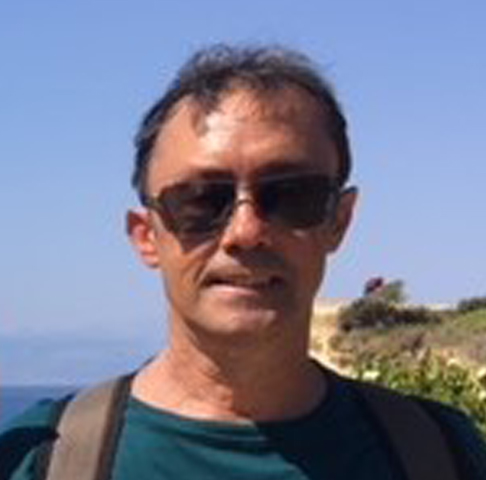
Faculdade de Ciências da Universidade de Lisboa | Departamento de Engenharia Geografica Geofisica e Energia | Lisbon | Portugal
João M. Serra is a full faculty professor at Faculdade de Ciências da Universidade de Lisboa (FCUL) and Head of the Department of Energy of FCUL. His research interests are in photovoltaics, namely crystalline silicon processing for solar energy applications, solar resource assessment and measurement and PV systems. His activities include participation in several EU projects (COST-PEARL-PV, SUGAR-, EUREKA-SIPOSI, MUSIC FM, HEXSI, and ProBio-HySens) and as team leader in several national projects such as Suscity (FCT-MIT). Besides his activities related to solar energy and PV technology he has been involved in teaching photovoltaics for more than 20 years. He was the Director of the MIT-Portugal PhD program at FCUL and author and co-author of more than 60 refereed technical/scientific papers. He is a member of Instituto Dom Luiz, a large (+100 researchers) research centre with focus on Earth Sciences and Energy. Member of the International Scientific Committees of the European Photovoltaic Conference- EUPVSEC, CIES2020 and the International Workshop in Teaching Photovoltaics conferences. Chairman of CSSC-11 – Crystalline Silicon Solar Cells. He is one of the founders of a spin-off Science4You, dedicated to scientific toys.
Jorge Toledo García
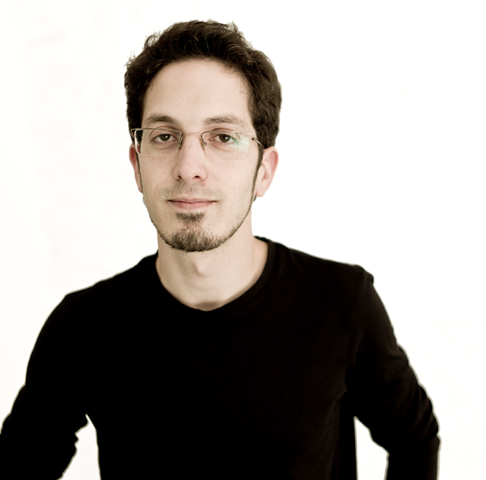
Ecosistema Urbano | Madrid | Spain
Jorge Toledo García is an Architect interested in the application of social innovation and sustainable design to urban environments and architecture. He is mostly focused on the practice of participatory urban development and bioclimatic public space design as part of Ecosistema Urbano. Their work revolves around the implementation of socio-environmental design principles, applying innovative methodologies and technologies to social issues in urban environments. In his current role, he has led urban development projects and given workshops or lectures in countries as diverse as Paraguay, Norway, Bangladesh, Germany, Brazil, or Kyrgyzstan among others. He has also taught at the Istituto Europeo di Design in Madrid and has been an honorary professor at the University of Alicante and the Autonomous University of Madrid (UAM).
Laura Aelenei
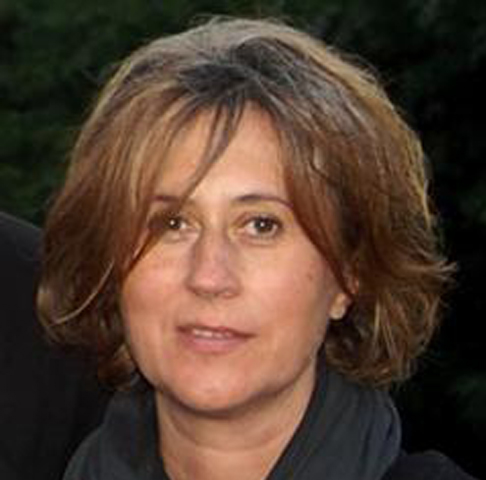
Laboratório Nacional de Energia e Geologia (LNEG) | Lisbon | Portugal
Laura Aelenei is Civil Engineer, Master Degree on Buildings Rehabilitation and PhD Civil Engineering (heat and mass transfer, fluid dynamics through building ventilated envelope systems). She is Senior Researcher at LNEG and head of research Energy in Built Environment, working in the field of research of energy efficiency in the building sector including Net Zero Energy Buildings, building energy flexibility, positive energy districts and smart cities. She has also been involved in several national activities, participated in national regulation commissions, seminars and conferences. She was participating as national expert in the International Energy Agency (IEA) SHC Task 40 / ECBCS Annex 52 “Towards Net Zero Energy Solar Buildings”. She coordinated several research activities and projects European and national. She is the leader of the Sub-Programme Interactive Buildings of the Joint Programme Smart Cities of European Energy Research Alliance (EERA) and within the same framework she is responsible of the Work Module of PED Labs (Positive Energy Districts Labs).
Sara Pereira
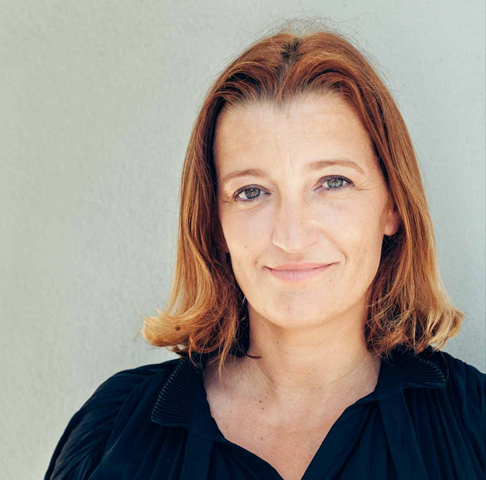
Helexia | Lisbon | Portugal
Sara Pereira has a degree in Environmental Engineering. For several years she was ab Environmental Project Manager for environmental studies and infrastructure projects for touristic resorts. In the last few years, she has focused on energy and as a Sales Manager she is responsible for the development of energy performance solutions in the Helexia Portugal’s portfolio for public sector and major accounts (retail).
Maria João Rodrigues
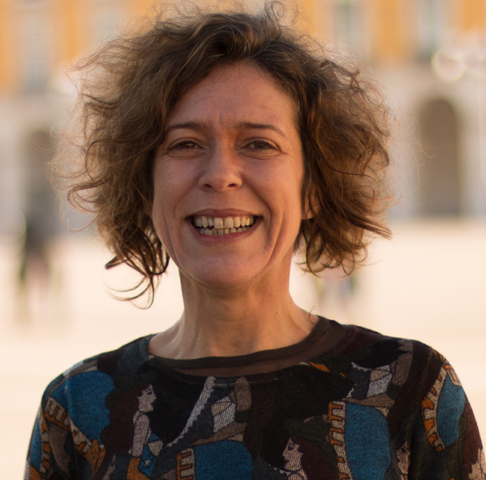
Lisbon’s Energy and Environment Agency | Lisboa e-Nova | Lisbon | Portugal
Maria was granted by Instituto Superior Técnico (IST), Technical University of Lisbon, a B.Sc. degree in Mechanical Engineering, Major in Applied Thermodynamics; a M.Sc. degree in Engineering Policy and Management of Technology; and a Ph.D. degree in Engineering and Industrial Management, partially conducted at the Department of Engineering and Public Policy (EPP) of Carnegie Mellon University (CMU | PA, USA).
Maria holds a diversified career in sustainable energy, having been employee of Agência de Inovação, the Portuguese National Innovation Agency; employee of IrRadiare, De Viris and WIN ENERGY, private companies; founding partner and manager of wee-solutions and Green Egg; president of APISOLAR, the Portuguese Solar Industry Association; and in-house consultant of ADENE, the Portuguese Energy Agency.
Presently, she is Technical and Financial Director of Lisbon’s Energy and Environment Agency. Lisboa e-Nova; and research fellow and member of the scientific council of IN+, Centre for Innovation, Technology and Policy Research at IST.
António Joyce
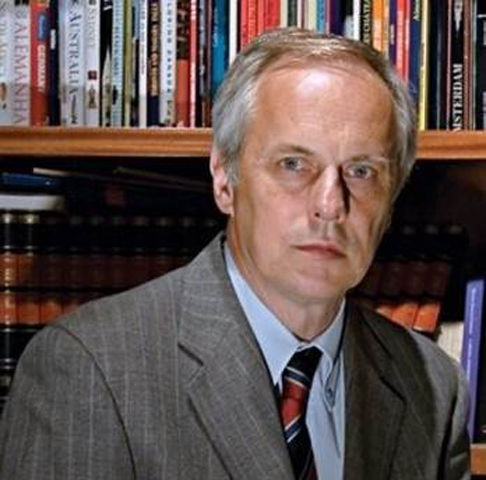
Laboratório Nacional de Energia e Geologia (LNEG) | Lisbon | Portugal
António Joyce, PhD (Male) – Principal Researcher at LNEG since 1996, has a Graduation Degree in Electronic Engineering (1979), a Post-Graduation course on Microelectronics and Solar conversion (1980), a Master of Science Degree in Mechanical Engineering (1984) and a PhD in Mechanical Engineering (1992). Is a senior researcher at LNEG of the Renewable Energy and Energy efficiency Unit, responsible of research area of Solar Energy, working on R&D in the field of Solar Energy both Thermal and Photovoltaic. From 2001 to 2009 was Director of the Renewable Energy Department at INETI. Was Invited Full Professor at the University of Évora from 2008 to 2015. Presently supervises the Solar Energy group at LNEG. Has participation in several National, European and international R&D projects with more than 100 publications. Represents Portugal in several international Fora namely: the Renewable Energies Working Party of the International Energy Agency (IEA), the Photovoltaic Power System Technology Collaboration Programme of IEA, the Solar European Industrial Initiative of SET Plan, the Mirror Group of PV Platform and the PV Joint Programme of the European Energy Research Alliance (EERA). Presently participates at the Concerted Action for the implementation of the Renewable Energies Directive (CA-RES), CHEETAH Integrated Research Programme on PV, AltaLuz national R&D project on PV technology, PVP4Grid H2020 project and SuperSolar project.
Thank you for participating to the 8th edition of Photovoltaics | Forms | Landscapes!
Photovoltaics | Forms | Landscapes 2019
This has been a special event, at its 8th edition, in conjunction with the 36th EUPVSEC, organised by ENEA, Becquerel Institute, ETA-Florence and WIP-Munich.
The event highlighted how architects, designers, developers, and researchers take up the challenge of letting photovoltaic systems interact with landscapes and buildings.
“Energy as a landscape infrastructure” was the challenge for 2019’s edition, in Marseille. Along with ambitious energy policy targets, the number of solutions for implementing photovoltaics is increasing. Floating photovoltaics, agrivoltaics, are only some of these new examples. This trend is changing photovoltaic system from being “intruders” in the landscape to being new infrastructures supporting also new ecosystem services.
This year’s edition has been a showcase of such new solutions.
The Event Chairpersons.
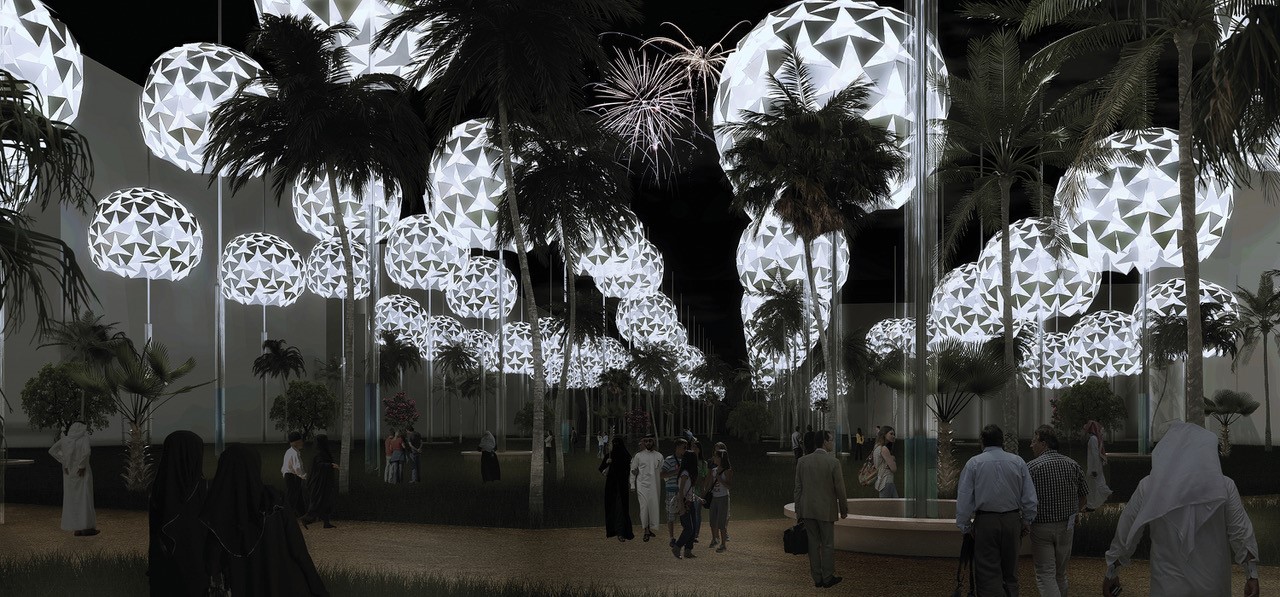
Startlit Stratus by Sunggi Park. First Place Winner, LAGI 2019 Abu Dhabi.
Courtesy: LAGI